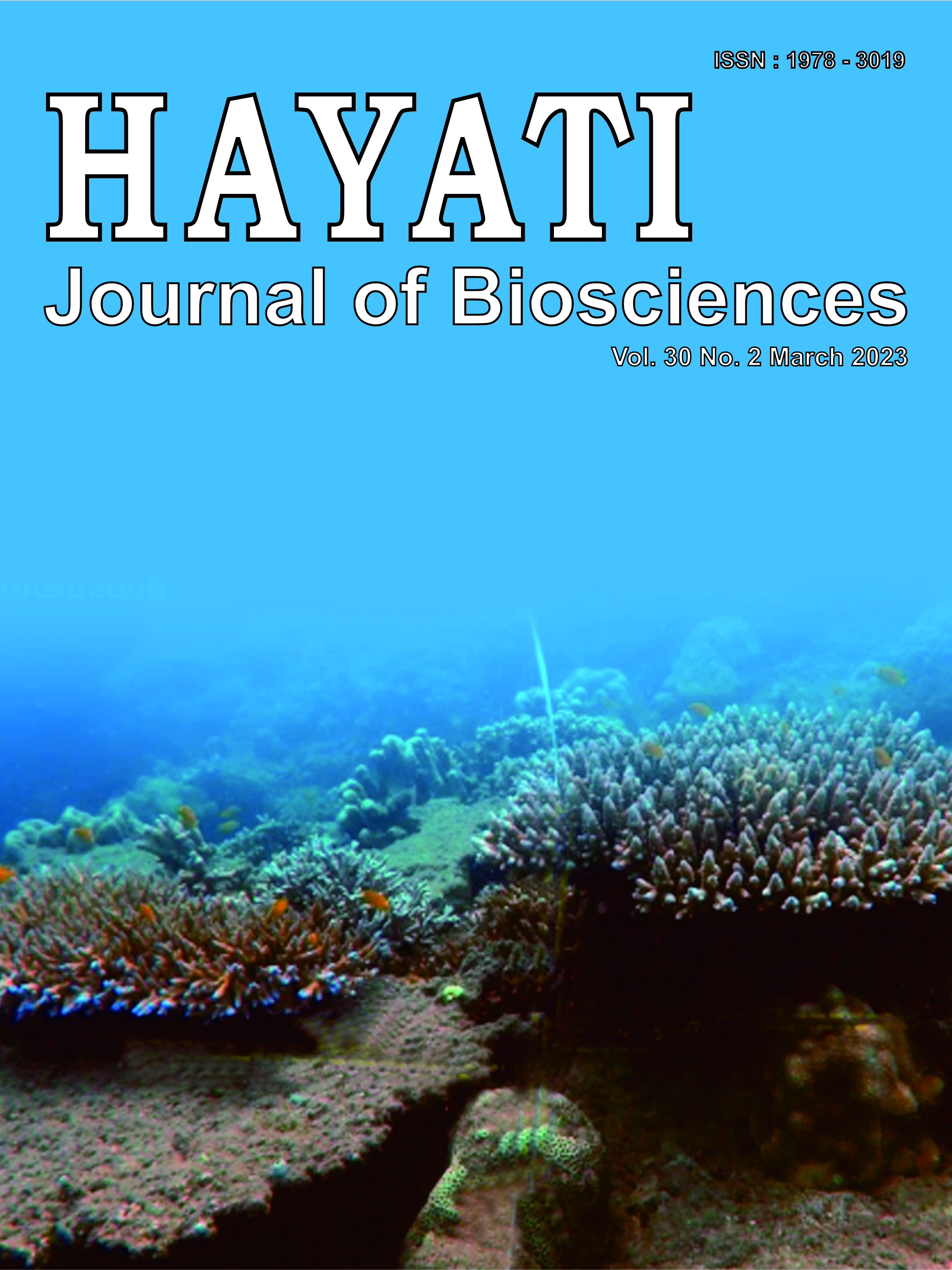In Silico Analysis of Protein of Milk, Soybean, and Kefir as Anti- Thrombotic Bioactive Peptide
Abstract
Currently, Cardiovascular Diseases (CVDs) cases are increasing significantly in Indonesia and the world. WHO reported that in 2019-related CVD patients accounted for 85%, which increased to 87% in 2021. The cases increased significantly by 2%, which is a significant number as it covered the world population. Stroke is a disease affected by platelets undergoing thrombolysis by the α-thrombin (IIa) receptor with coagulation factors on the heart blood vessel. Chemical or synthesis drugs to treat thrombolytics such as heparin are already available, but they would be harmful if misused. In this study, we focused on the activity, interaction, and prediction of the physicochemical of anti-thrombotic peptides. We found that k-casein from kefir has the highest activity of 0.037 A based on BIOPEP analysis with 17 peptide libraries and molecular docking visualization analysis using PyMol, PyRx, and Discovery Studio for screening the best peptide. ToxinPred and AlgPred showed there are no potentially harmful peptides, but the protein variant of β-conglycinin subunit can be an allergen known to the immune system IgE. In conclusion, the GPR peptide has the highest binding affinity, with a total energy of -6.8 kcal/mol.
Downloads
Copyright (c) 2023 Muhammad Ilham Fahri, Fadilla Sherlyna, Mochamad Nurcholis

This work is licensed under a Creative Commons Attribution-NonCommercial 4.0 International License.
HAYATI J Biosci is an open access journal and the article's license is CC-BY-NC. This license lets others distribute, remix, tweak, and build upon author's work, as long as they credit the original creation. Authors retain copyright and grant the journal/publisher non exclusive publishing rights with the work simultaneously licensed under a https://creativecommons.org/

























.png) IPB University
IPB University Department of Biology
Department of Biology The Indonesian Biological Society
The Indonesian Biological Society 

